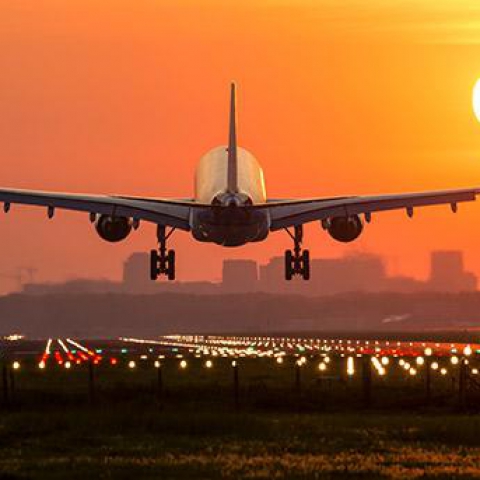
Civil aviation is one of two major categories of flying, representing all non-military aviation, both private and commercial. Most of the countries in the world...
Loading...
is one of two major categories of flying, representing all non-military aviation, both private and commercial. Most of the countries in the world are members of the International Civil Aviation Organization (ICAO) and work together to establish common standards and recommended practices for civil aviation through that agency.
Civil aviation includes two major categories:
Although scheduled air transport is the larger operation in terms of passenger numbers, GA is larger in the number of flights (and flight hours, in the U.S.) In the U.S., GA carries 166 million passengers each year, more than any individual airline, though less than all the airlines combined. Since 2004, the US Airlines combined have carried over 600 million passengers each year, and in 2014, they carried a combined 662,819,232 passengers.
Some countries also make a regulatory distinction based on whether aircraft are flown for hire like:
Convention on International Civil Aviation
(the "Chicago Convention") was originally established in 1944; it states that signatories should collectively work to harmonize and standardize the use of airspace for safety, efficiency and regularity of air transport.Each signatory country, of which there are at least 188, has a civil aviation authority (such as the FAA in the United States) to oversee the following areas of civil aviation:Also federal administration relies on 99.99%

Civil aviation is one of two major categories of flying, representing all non-military aviation, both private and commercial. Most of the countries in the world...